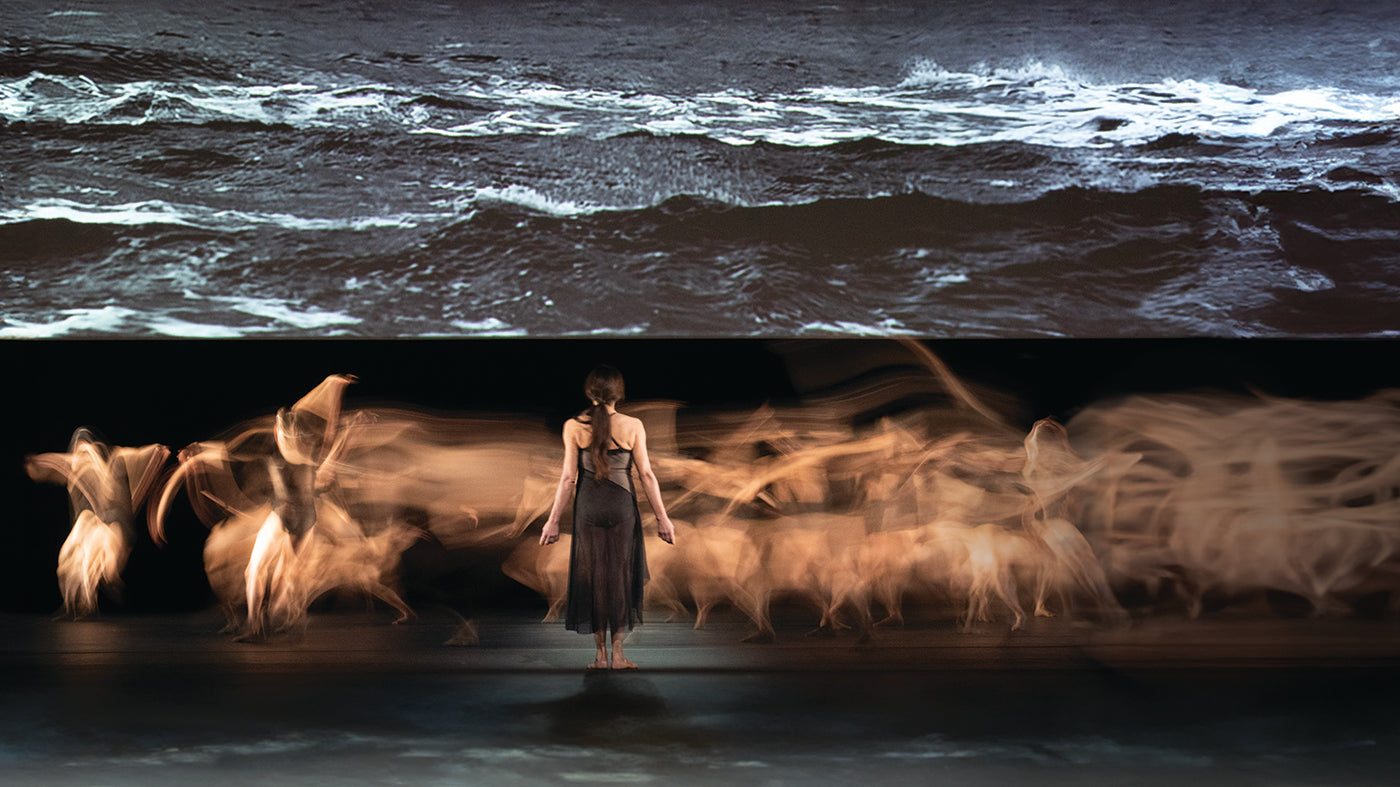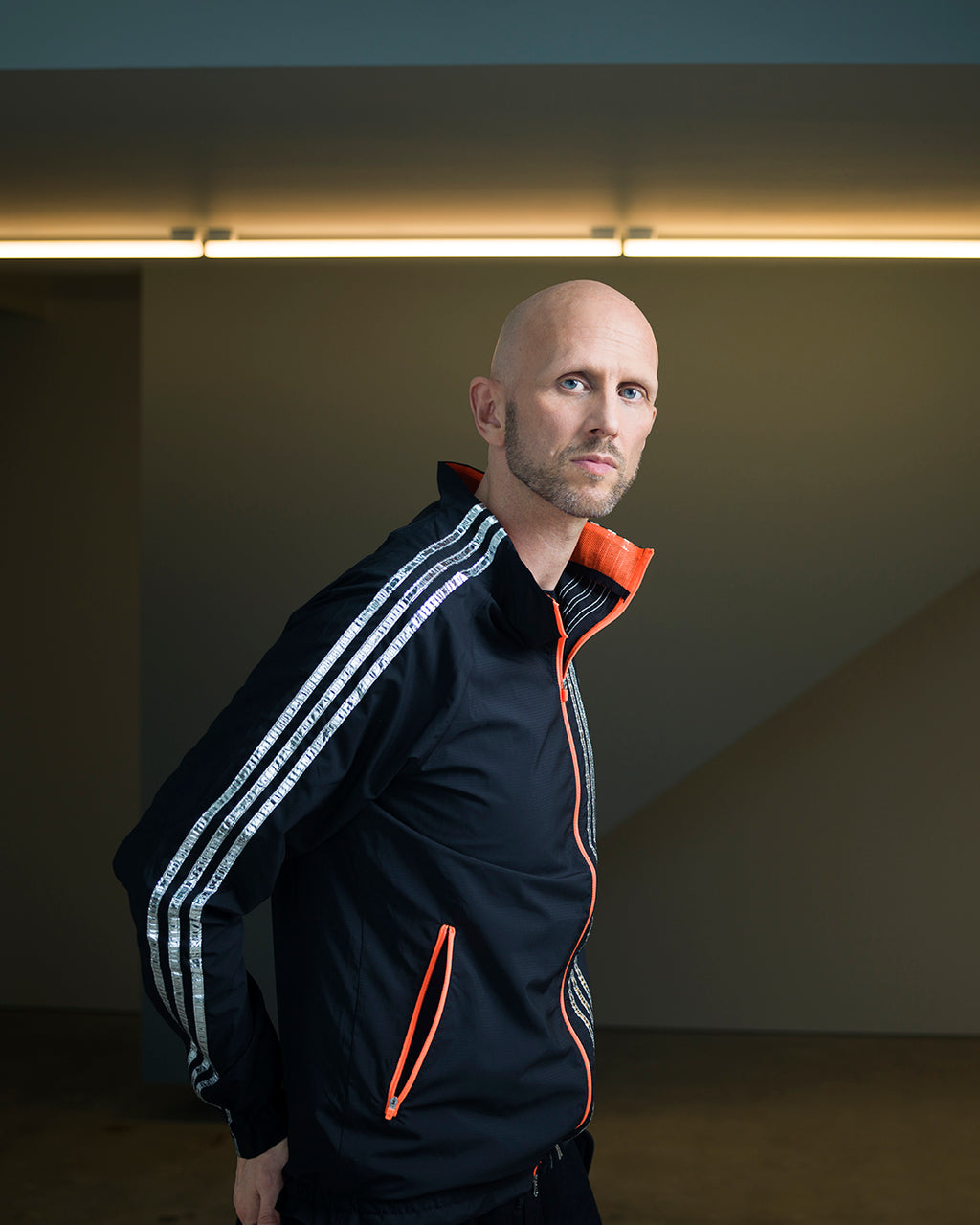Mishima’s Muse
Japan Society’s Yukio Mishima centennial series culminated with “Mishima’s Muse – Noh Theater,” which was actually three programs of traditional noh works that Japanese author Yukio Mishima adapted into modern plays.
Continue Reading
World-class review of ballet and dance.
It’s not every choreographer who works with economists, anthropologists, neuroscientists and cognitive scientists, not to mention collaborating with the Google Arts & Culture Lab and the Swedish pop group ABBA, but Wayne McGregor wouldn’t have it any other way. Indeed, one of the most celebrated and sought-after dancemakers of his generation, the New York Times’ Claudia La Rocco once described him as “an adventuresome experimenter with a restless mind, intent on pushing his disparate audiences, his collaborators and himself.
And that was in 2010!



“Uncommonly intelligent, substantial coverage.”
Your weekly source for world-class dance reviews, interviews, articles, and more.
Already a paid subscriber? Login

Japan Society’s Yukio Mishima centennial series culminated with “Mishima’s Muse – Noh Theater,” which was actually three programs of traditional noh works that Japanese author Yukio Mishima adapted into modern plays.
Continue ReadingThroughout the year, our critics attend hundreds of dance performances, whether onsite, outdoors, or on the proscenium stage, around the world.
Continue ReadingOn December 11th, the Alvin Ailey American Dance Theater presented two premieres and two dances that had premiered just a week prior.
Continue ReadingThe “Contrastes” evening is one of the Paris Opéra Ballet’s increasingly frequent ventures into non-classical choreographic territory.
Continue Reading
comments